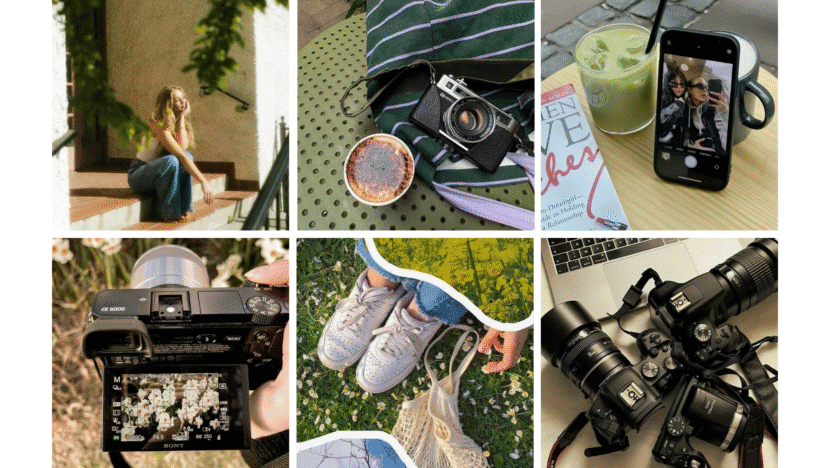Choosing a photographer is more than just picking someone with a camera—it’s about finding a creative partner whose style truly resonates with you. Making sure a photographer’s artistic approach matches your own taste is the key to photos you’ll genuinely love. Whether you lean toward classic portraits, documentary styles, or bold and modern images, connecting with a photographer’s previous work can make all the difference.
As you start looking, you’ll notice every photographer brings a unique vision to their work. Browsing portfolios, reading reviews, and clarifying your own preferences will help you feel confident you’re making the right choice for your project or event. Understanding your style and how to identify it in someone else’s photography is the first step toward authentic, memorable images.
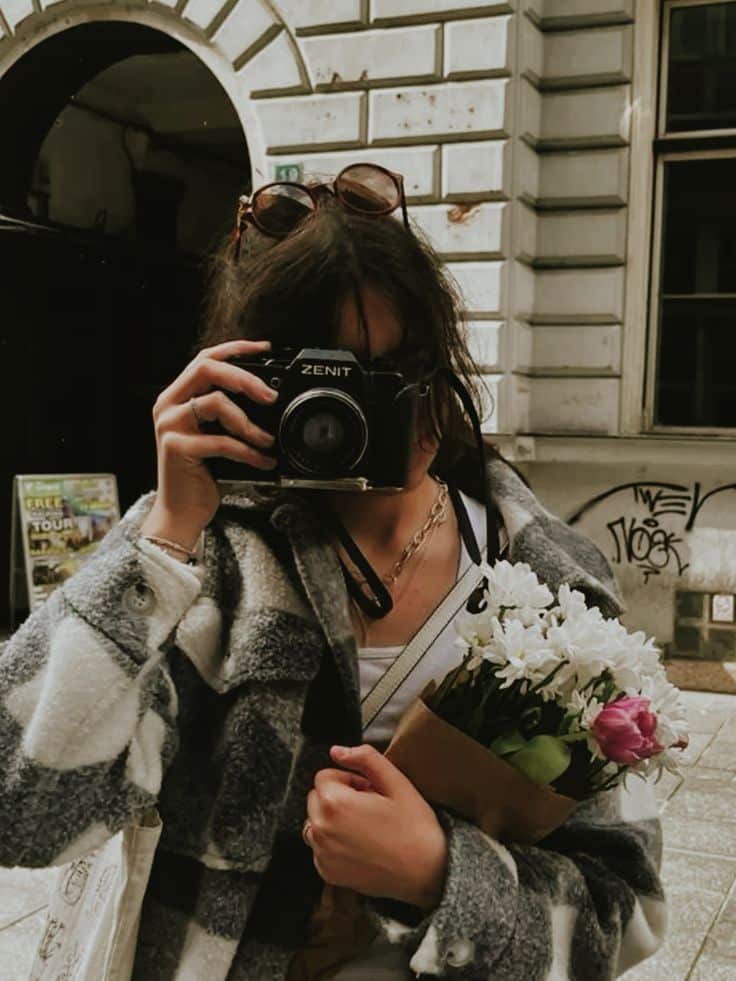
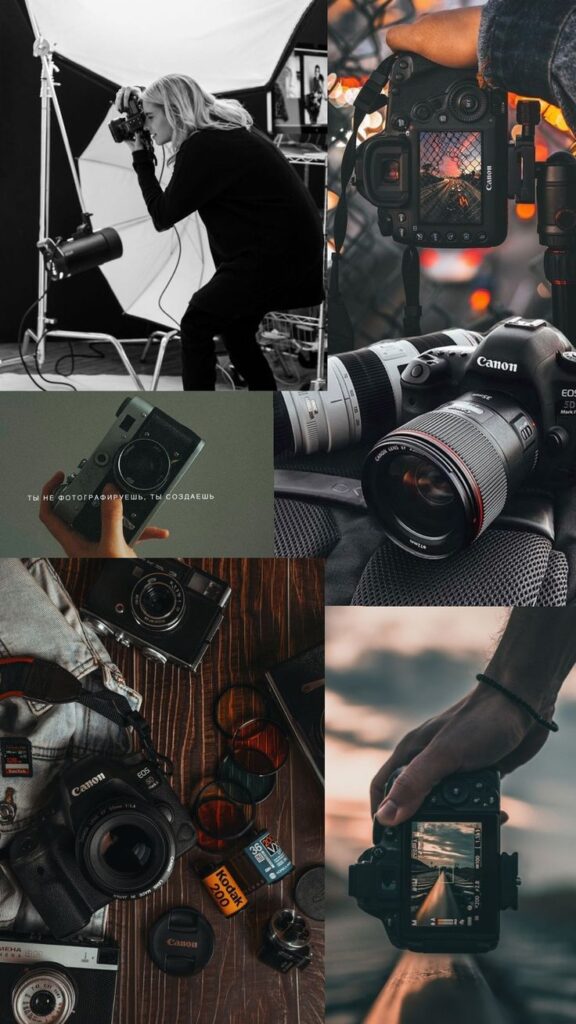

Key Takeaways
- Know your style and what you want in your photos
- Review photographer portfolios to find a strong style match
- Make sure the photographer’s professionalism fits your needs
Understanding Your Personal Style
Choosing a photographer that fits your style means looking closely at your own tastes and the way you want your moments to be captured. Knowing your preferences and the common types of photography styles can help you find someone whose work truly reflects what matters most to you.
Identifying Your Aesthetic Preferences
Start by looking through photos you’re naturally drawn to, whether in magazines, on social media, or in your own albums. Ask yourself if you prefer candid shots, artistic compositions, vivid colors, or classic black-and-white. Notice what makes you pause and what you skip over.
Create a small collection of your favorite images. This can be a digital folder, a Pinterest board, or even a physical mood board. List a few words that describe the look or mood you want, such as bright, moody, timeless, or vibrant.
Discuss these points with potential photographers. Being specific about what you like helps them understand your taste and lets them show you examples that match your vision.
Different Types of Photography Styles
Photography styles can vary in tone, technique, and approach. Below is a table to help you compare a few common options:
| Style | Key Features | Common Uses |
|---|---|---|
| Documentary | Unposed, candid, tells a story | Weddings, events |
| Fine Art | Creative, artistic, interpretive | Portraits, engagements |
| Traditional | Posed, classic, formal | Family, studio portraits |
| Lifestyle | Relaxed, natural, everyday moments | Newborn, family, couples |
| Editorial | Styled, dramatic, fashion-inspired | Branding, advertising |
Browse photographers’ portfolios to see which styles they specialize in. You may find that some blend different styles for a unique approach.
Matching Photography Style to Your Vision
Once you know your aesthetic and the available styles, focus on finding photographers whose work fits your needs. Start by reviewing full galleries of their work—not just highlights—so you get a realistic idea of their consistency.
Set up consultations. Share your inspiration images and discuss the mood you want your photos to reflect. Ask about their workflow, shooting methods, and how they achieve their signature look.
Prioritize photographers who not only have technical skill, but also show an understanding of your preferences. A good match will make you feel comfortable, and your final images will better capture the feeling and story that matter to you.

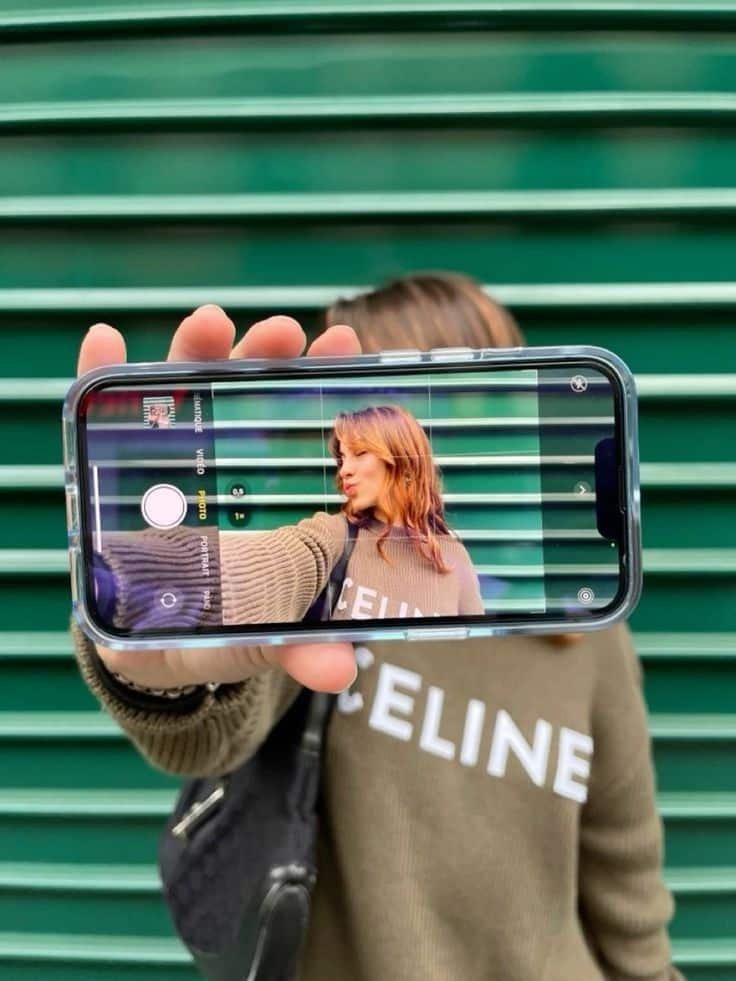
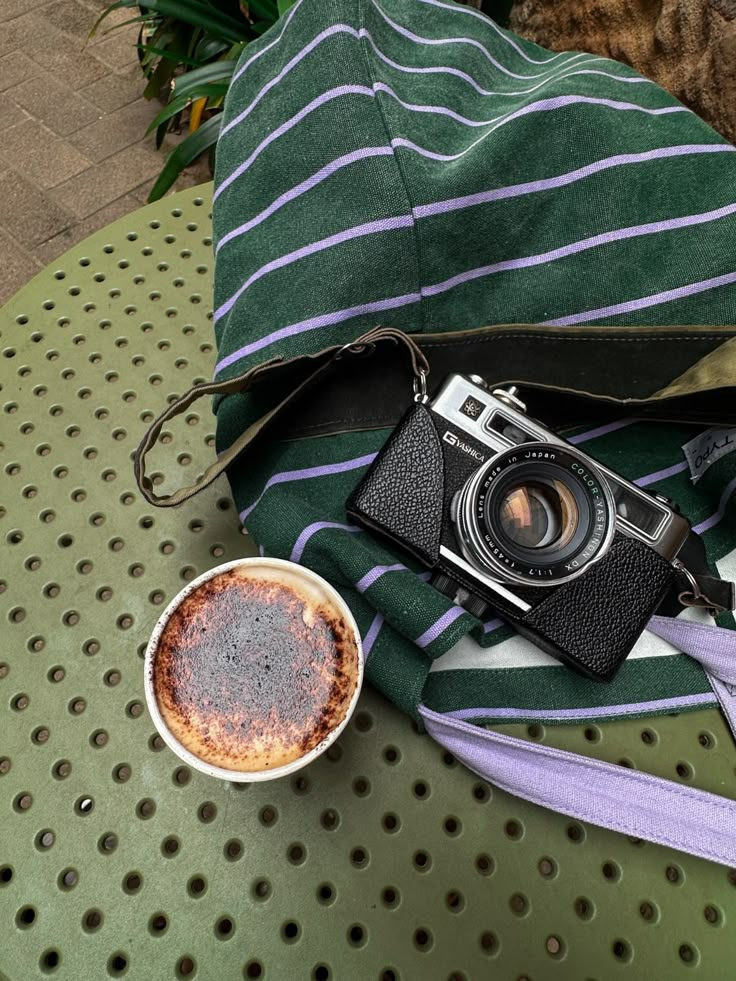
Evaluating Photographers’ Portfolios
Examining portfolios lets you see a photographer’s skill, approach, and unique vision. Your ability to spot editing style, consistency, and creative choices will help you find someone whose work actually matches your preferences.
Analyzing Editing Techniques
Pay close attention to how each photographer handles editing. Look at the color tones—some go for bright, airy looks, while others prefer deep, dramatic hues. Notice whether details remain sharp or get blurred, either on purpose or due to excessive retouching.
Check how skin tones appear in portraits. Over-editing can make people look unnatural or plastic. If you care about authenticity, look for edits that enhance rather than mask natural beauty.
Also, consider the use of filters or preset styles. A consistent but subtle edit usually signals a thoughtful approach, while heavy-handed effects can date images quickly.
Consistency and Quality in Past Work
Quickly scan several galleries—don’t judge by one standout photo. A strong portfolio shows steady quality from event to event, shoot to shoot. Look at images from full sessions, not just highlights.
Is there uneven lighting or blurriness in some photos? Are color palettes and exposure handled well across the board? Professional photographers deliver work that looks polished in every situation, not just at golden hour.
Reliable portfolios tell you the photographer knows their gear and adapts to different scenarios. If all their best images look staged, ask to see more candid or varied samples.
Assessing Creativity and Originality
Creativity sets great photographers apart. Look for attention to composition, such as creative framing, unique perspectives, or thoughtful cropping. Do their photos tell a story or simply capture faces?
Ask yourself if any images surprise you or make you see an event, subject, or setting with fresh eyes. Photographers with original ideas might use light or surroundings in unexpected ways, creating memorable results.
Notice any signatures or recurring approaches that make the work stand out. This could mean experimenting with angles, finding interesting backdrops, or highlighting details that others overlook.
Use these signals to decide if the photographer brings something new and inspiring that fits your style.
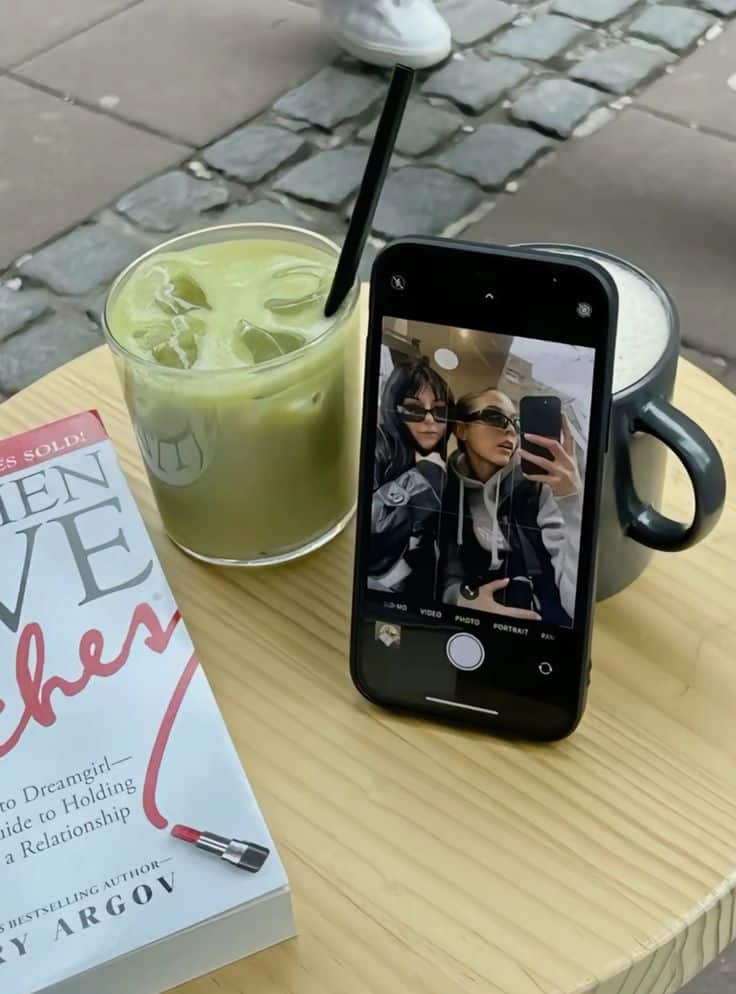
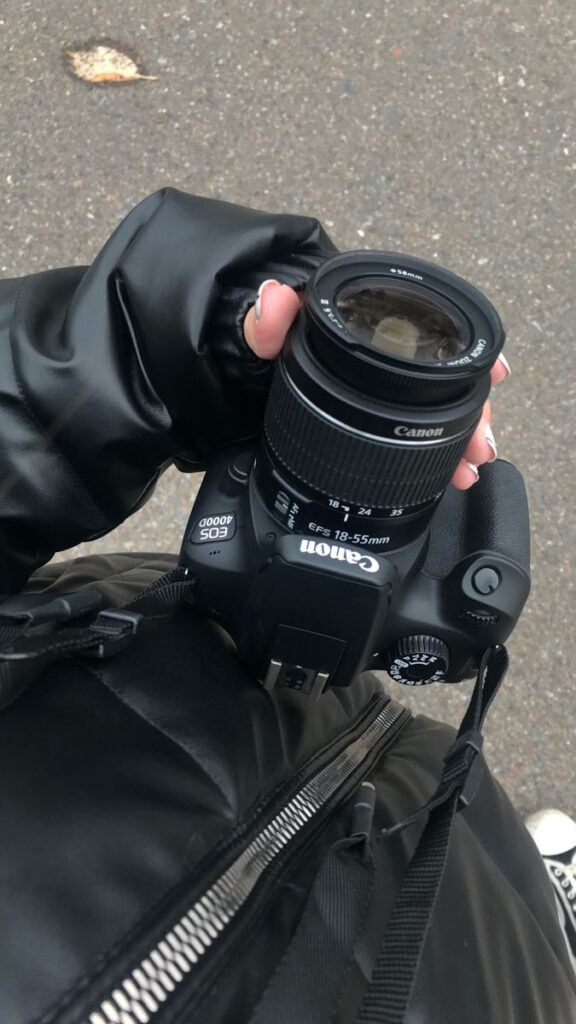

Researching Potential Photographers
Finding a photographer who matches your style starts with thorough research. Reliable recommendations and careful online exploration help you narrow your options to professionals who fit your vision.
Gathering Recommendations and Reviews
Start by asking friends, family, or colleagues who have recently hired a photographer for similar occasions. Personal referrals often provide insights you won’t find in advertisements and help you understand the photographer’s working style, reliability, and results.
Check online reviews on platforms like Google, Yelp, and specialized photography directories. Look for consistent comments about the photographer’s punctuality, flexibility, and ability to match a theme or aesthetic.
Pay close attention to both the quality and quantity of reviews. Patterns—positive or negative—can signal important strengths or weaknesses. If you notice reviewers frequently mentioning the photographer’s understanding of various styles, that’s a strong indicator they can adapt to your needs.
Shortlist photographers with strong reputations and ask for references if you need extra assurance. Hearing from past clients can clarify whether the professional truly suits your expectations.
Using Social Media and Online Platforms
Explore Instagram, Facebook, and portfolio websites to see real work samples. Searching hashtags related to your style, such as #moodyportrait or #classicwedding, often leads you to local photographers specializing in that look.
Review how each photographer presents their work and interacts with clients online. Look for consistent visual themes in their feeds. For example, if you’re drawn to natural light or candid moments, see if their portfolio mirrors those priorities.
Online platforms often feature testimonials, project highlights, and even behind-the-scenes content. These details reveal a photographer’s personality and professional approach, which can be just as important as their technical skills.
Use direct messages or contact forms to ask about availability or style alignment. A responsive, friendly online presence is usually a good sign of professionalism.
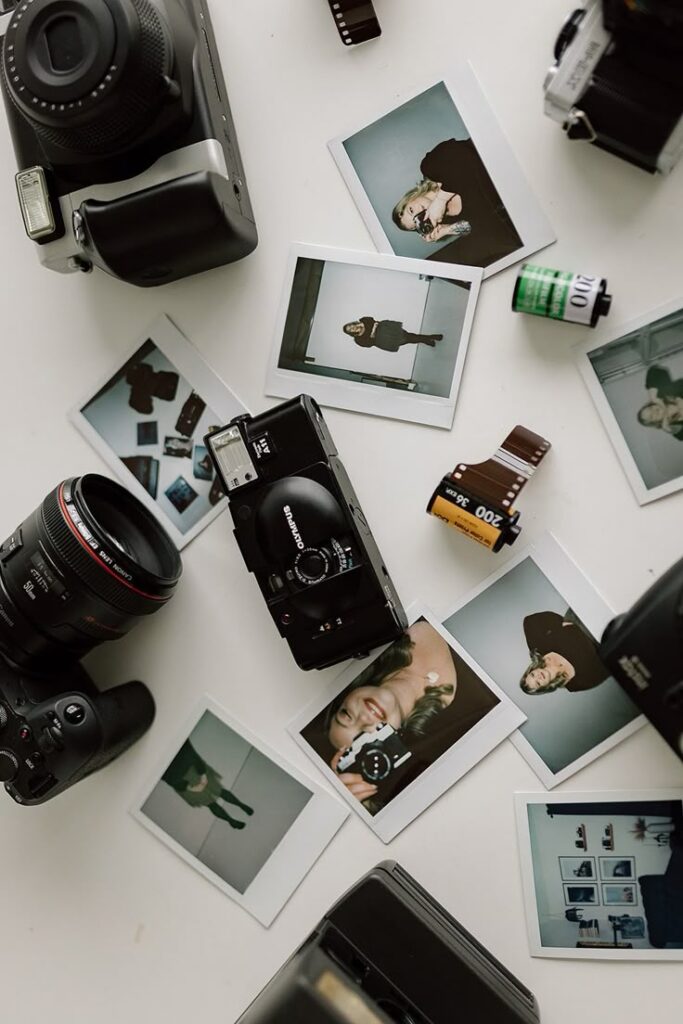
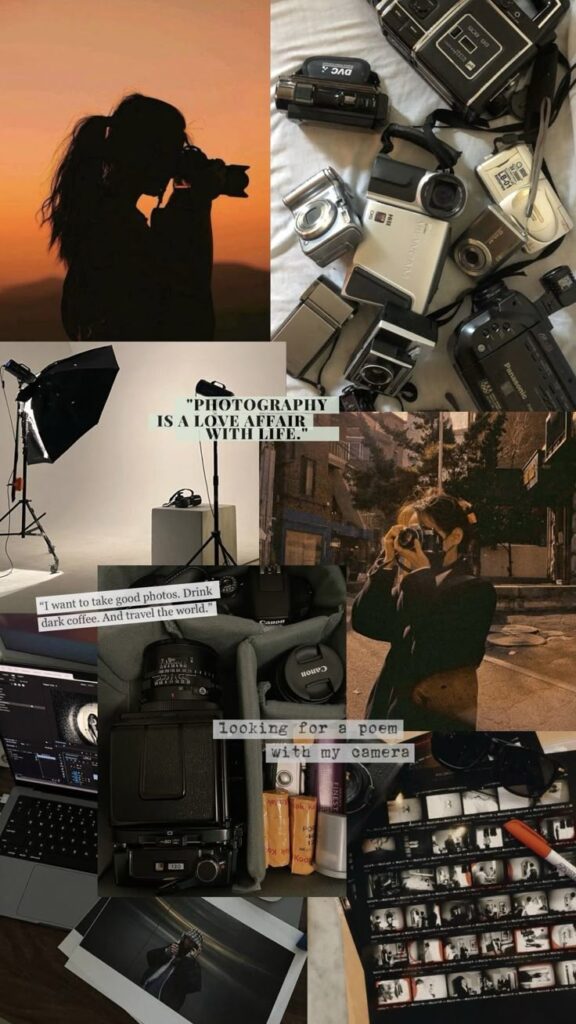
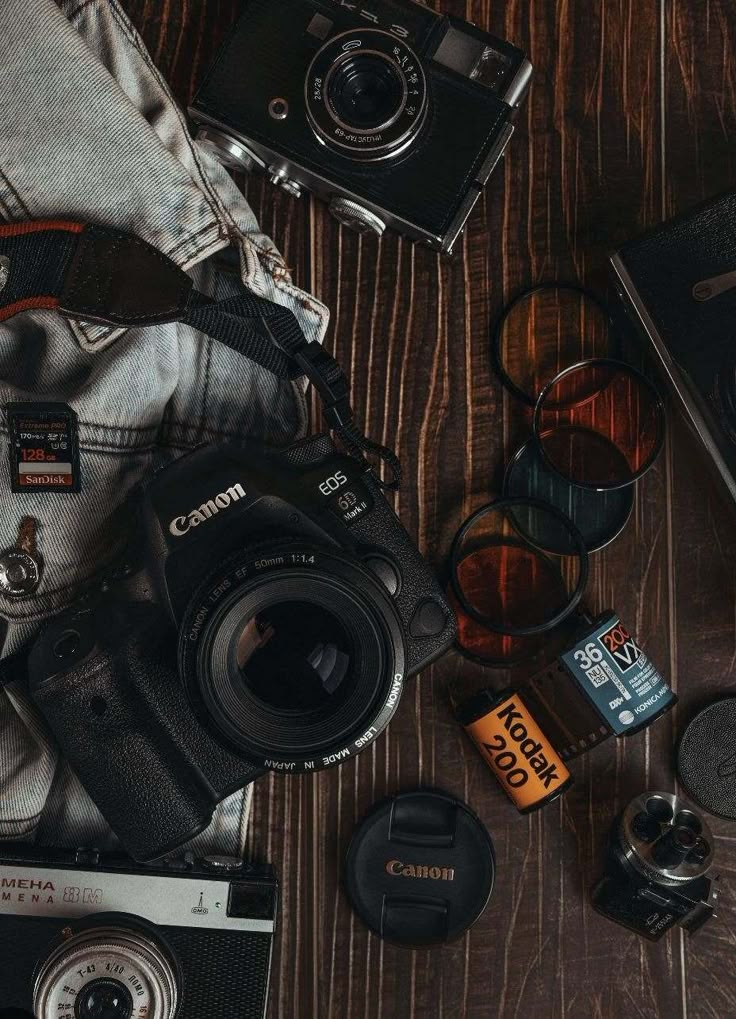
Assessing Professionalism and Compatibility
Evaluating a photographer goes beyond their portfolio. Professionalism shows up in clear communication, reliability, and a client-friendly approach, while compatibility ensures your vision and comfort are prioritized.
Communication and Responsiveness
Prompt and clear communication sets the tone for your entire experience. You want a photographer who replies to emails and messages within a reasonable time frame, typically within 24-48 hours during weekdays. When you reach out with questions or ideas, the photographer should provide detailed, thoughtful responses.
Pay attention to how well they listen to your needs. A good photographer will ask clarifying questions and offer suggestions, showing that they understand your unique style preferences. Personal consultations—either by phone or in person—help you gauge their communication style and professionalism.
You can also look for easy-to-understand proposals or quotes with a breakdown of services. Clear communication about timelines, deliverables, and expectations will minimize surprises later on.
Client Experience and Comfort
During a shoot, your comfort matters just as much as technical skill. A compatible photographer creates a relaxed environment, making it easier for you to express your style and personality. Look for signs of this in client reviews—people often mention how at ease they felt during their sessions.
Professional photographers often have processes in place to help you prepare. This includes sharing tips for posing, providing style guides, and suggesting locations that align with your vision. Positive, professional body language and a friendly demeanor go a long way, especially for portraits or family sessions.
Consider setting up a meeting. A quick video call or coffee chat lets you assess whether personalities mesh and if the photographer can create the kind of atmosphere where you’ll feel comfortable and confident.
Legal Aspects and Contracts
A written contract protects both you and the photographer. It should clearly outline services, payment terms, rights to images, and copyright ownership. Read each section carefully and be sure you’re comfortable with the terms before signing.
Key contract elements often include:
| Aspect | Details Covered |
|---|---|
| Services/Packages | What’s included, number of hours, editing details |
| Delivery Timelines | When and how you’ll receive your photos |
| Payment Terms | Fees, payment schedule, cancellation policies |
| Usage Rights | Where and how you can use the images |
Don’t hesitate to ask questions about any legal terms. A trustworthy photographer welcomes your questions and explains the contract in simple, accessible language. This level of transparency helps prevent misunderstandings and builds a foundation for a positive working relationship.
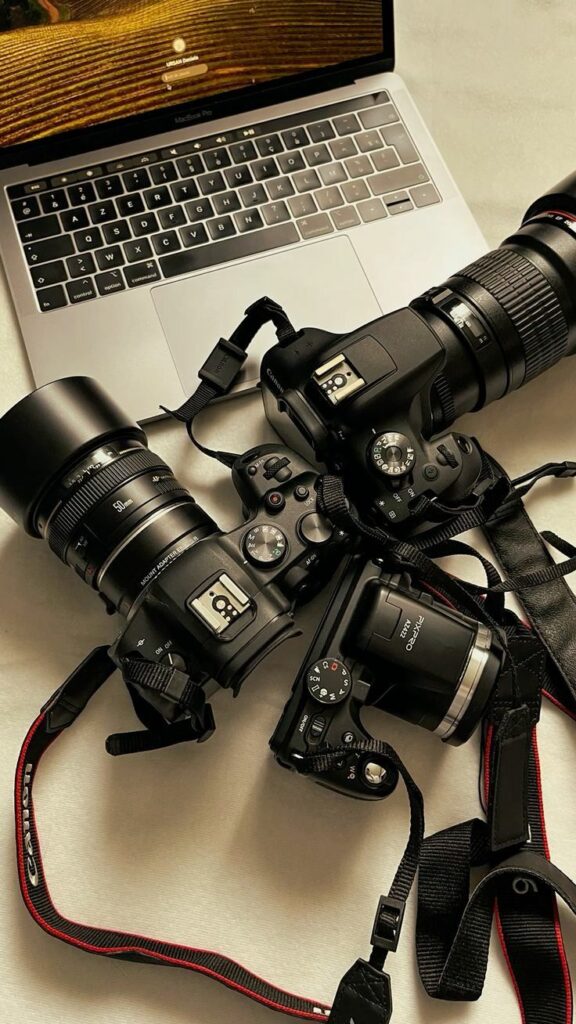
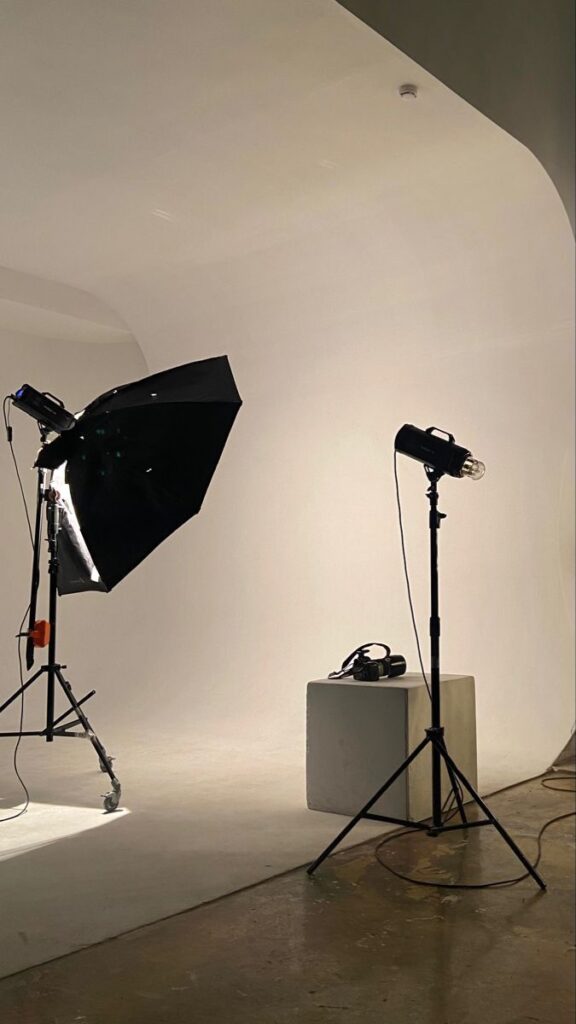
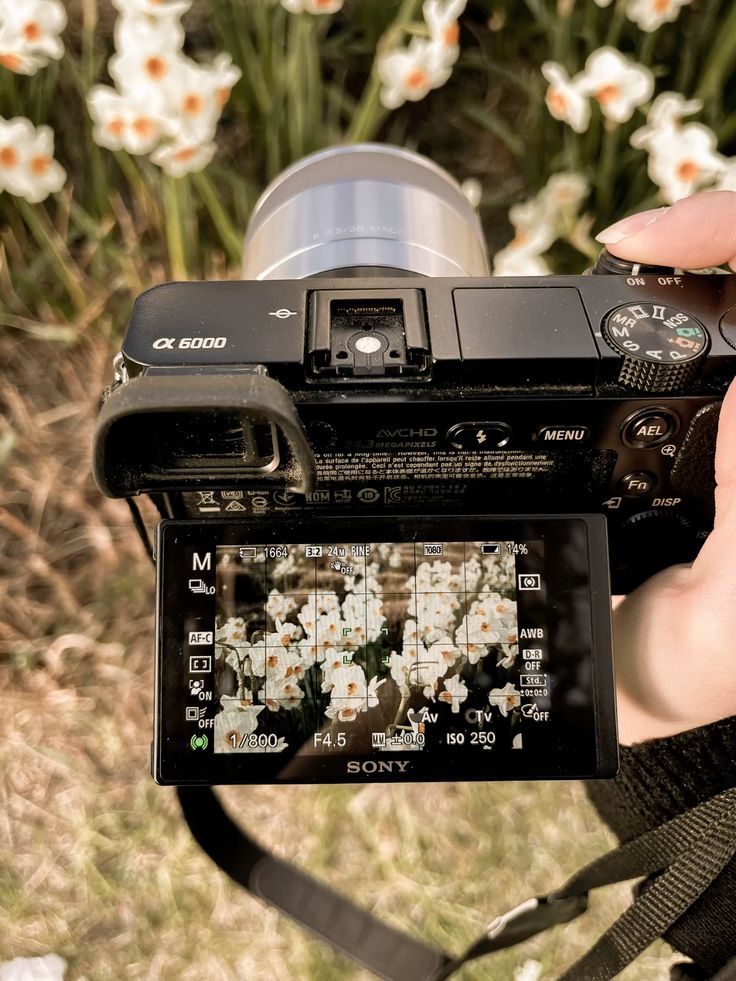
Budgeting and Setting Expectations
Understanding how photographers price their work helps you make confident decisions. Clear agreements on packages and deliverables prevent confusion and align expectations between you and your photographer.
Understanding Pricing Structures
Photographers use different pricing structures, and knowing these helps you match your needs with your budget. Common approaches include hourly rates, flat fees, or package deals. Each structure outlines what services and products are included.
Some photographers offer basic sessions for a set price, which covers a limited number of hours and edited photos. Others may have tiered packages with add-ons like extra locations, prints, or albums. Always ask for a detailed price list and clarify what’s included, such as editing, travel, and digital files.
Make sure you compare not just prices but also what’s offered. A lower-cost photographer may offer fewer edits or smaller prints, while a pricier package might include premium editing and larger albums. You can use a table to track your top choices:
| Photographer | Base Price | Hours Included | Edits Included | Add-ons |
|---|---|---|---|---|
| Smith Photo | $500 | 2 | 15 | Prints, album |
| Jones Studio | $700 | 4 | 30 | Extra session |
Negotiating Packages and Deliverables
After you know what’s included, you can discuss adjustments to suit your style and budget. Some photographers are willing to customize packages, such as extending session times or including more digital images.
Clearly outline your top priorities, like a favorite location or must-have group shots. Provide a list of your “non-negotiables” and ask the photographer if these can be included in your selected package. If you are on a tight budget, you might ask about removing certain features (like albums) in exchange for more digital files or extra editing.
Always get all details in writing. Specify the number of photos, turnaround time, and exact products you will receive. Confirm payment schedules, cancellation policies, and overtime charges to avoid misunderstandings later. Open communication about what you want helps both you and your photographer set realistic, compatible expectations.
Finalizing Your Choice
Making your final photographer selection comes down to more than just comparing price and portfolios. The process also relies on your comfort level and direct experience with the individual behind the camera.
Trusting Your Instincts
When choosing a photographer, your gut feeling matters. If you feel at ease communicating with them and like their approach, that’s a good sign. You should feel confident sharing your ideas, preferences, and even any concerns.
A photographer’s style should connect with you visually and emotionally. Look for consistency in their work and decide if their images truly match your vision. Evaluate how they interact with you during initial chats or emails—respect and responsiveness are key.
It’s normal to check reviews or ask friends for recommendations, but ultimately, trust your personal impressions. If you sense enthusiasm, attention to detail, and genuine understanding, these are strong indicators you’ve found a match. Don’t ignore any doubts you may feel.
Scheduling Consultations
Before making a final commitment, set up a face-to-face or virtual meeting with your top photographers. Use this time to discuss project details, such as location, timing, and specific shots you want. Bringing visual references or an inspiration board can help clarify your expectations.
During the consultation, pay attention to how well the photographer listens and responds to your questions. A professional should provide clear answers and offer helpful suggestions without pushing their own agenda. Check whether they are flexible and open to your ideas.
You can also use this meeting to go over pricing, contract terms, and availability in detail. Be clear about your budget and any special requirements. A good photographer will be upfront about their process and what’s included, helping you avoid surprises later on.


